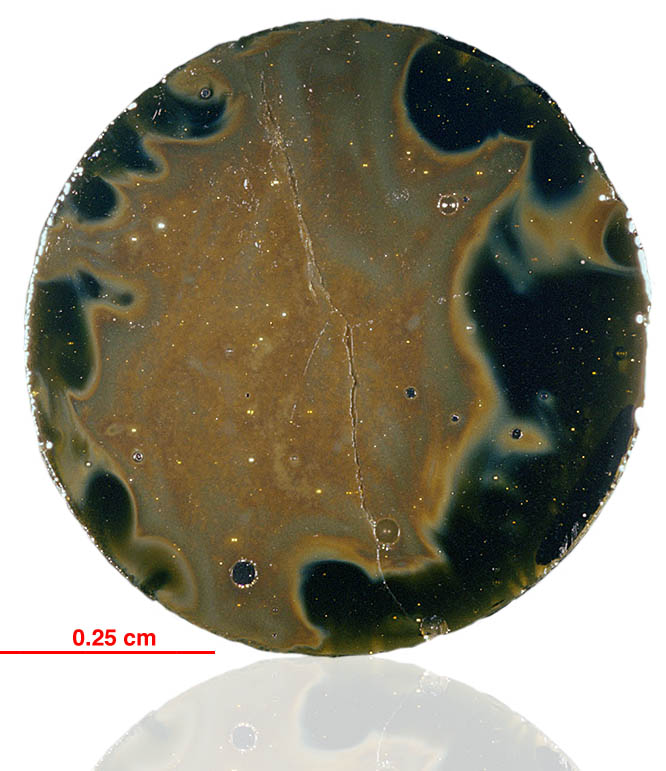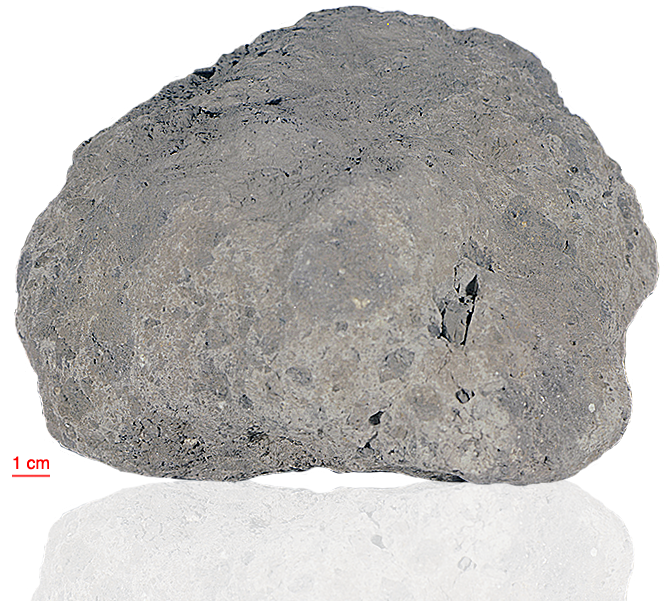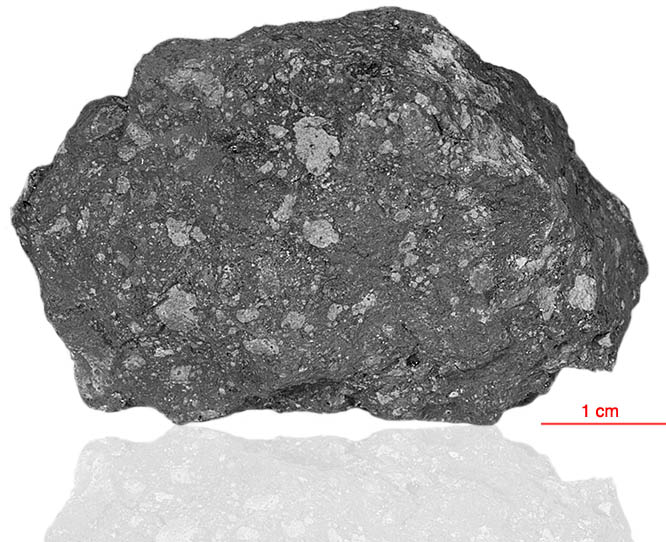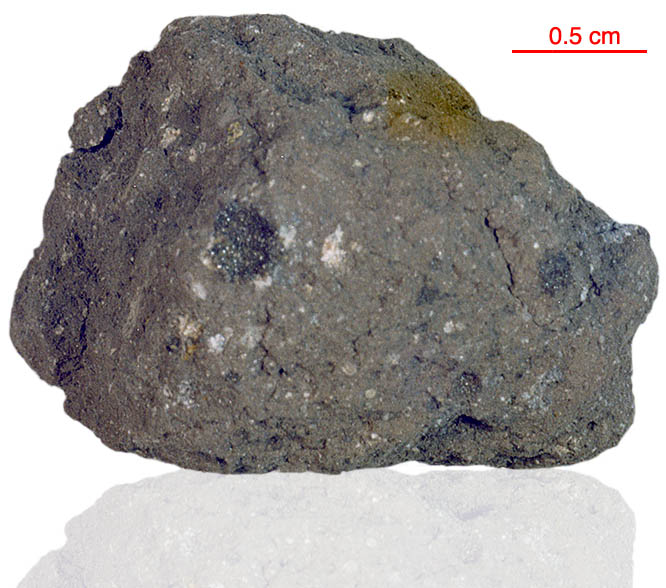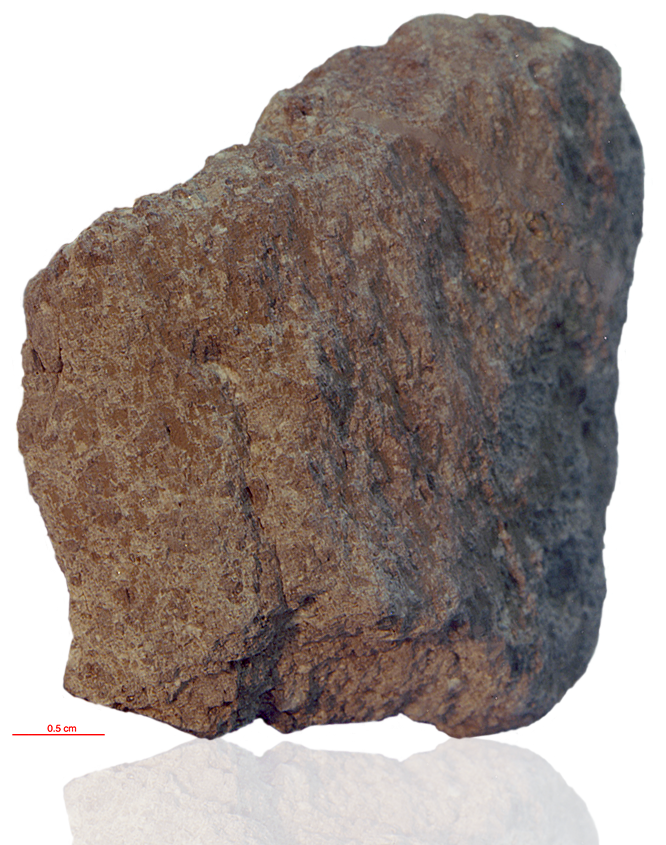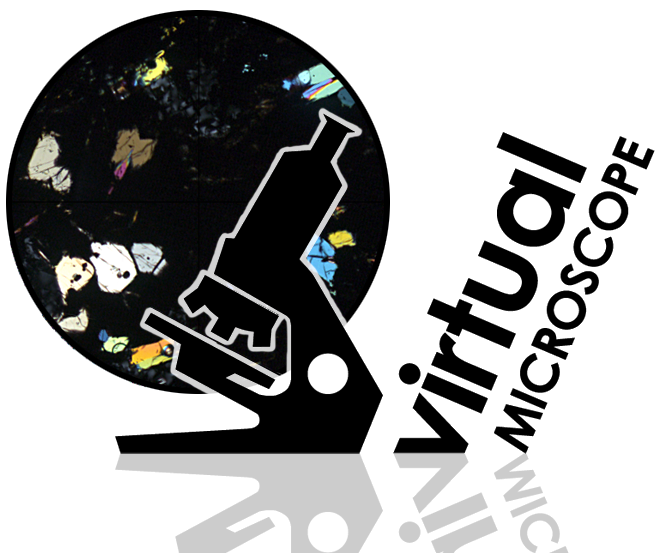
Fact sheet
14235 is an olivine vitrophyre containing ~20% equant subhedral to euhedral phenocrysts of olivine (0.2-0.4 mm) heterogeneously distributed in the opaque groundmass as glomerophyric aggregates. Small chromite grains with attached metallic iron grains are found in the groundmass or attached to the rims of the olivine phenocrysts. Olivine includes spherical melt inclusions. The fine-grained opaque matrix is made of microlites of aluminous titanaugite, ilmenite and plagioclase. Rotation on shows a euhedral olivine crystal containing a large melt inclusion.
Further details of this and other Apollo samples are here: http://curator.jsc.nasa.gov/lunar/
The Apollo 14 landing site was in a region formed by impact-basin debris.
Most of the 42 kilograms of rocks and soil collected on Apollo 14 are breccias (rocks that are composed of fragments of other, older rocks). In some cases, the rock fragments that form a breccia are themselves breccias. Such rocks obviously have experienced complex histories with multiple generations of impact events. Some breccias were heated enough that some of the material in the rock was melted.
Apollo 14 was launched on 31 January 1971.

